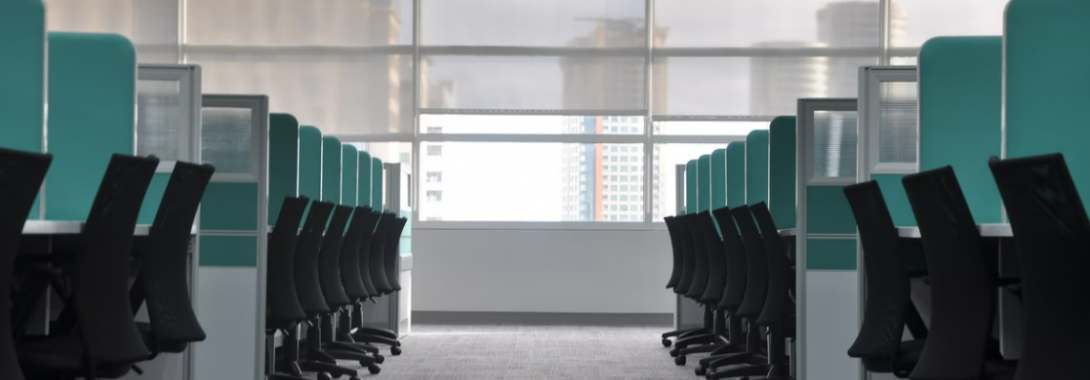You have a lot of responsibilities as a business owner. One of the most important is to ensure the safety of your employees. This is especially true after the events of 2020 and early-2021 have made many employees fearful to return to an office setting. Fortunately, there are technologies available to make your business’s offices safer for you and your employees.
Life Safety Inspection Software
Your Environmental Health Services department is in charge of maintaining the safety of the commercial building and your employees. It does this through regular investigation of fire prevention equipment, exit doors, and emergency lighting. They may do this either on their own or in cooperation with safety authorities.
One way to keep track of all these tests is life safety software. Used with inspection equipment like scanners and tablets, it automates scheduling and triggers alerts when product examinations fail. You can consult with companies like InspectNTrack about setting up a system for your business.
Biometric Scanners
Through the use of retina or fingerprint scans, known as biometric scans, you secure your business’s offices from those who wish to harm your business or those who work there. After all, it’s extremely difficult to duplicate an individual’s unique identifiers. An incorrect match can trigger an alert, warning you of a possible breach.
There’s another advantage to biometric scanners when it comes to time management. Since employees cannot mimic another employee’s physical identifiers, it’s harder for them to clock the other in while they are absent. This makes your offices safer as it ensures proper staff is available to do their jobs.
Space Planning Software
As people come back into the office, you want to maintain proper distancing protocols to minimize the risk of an outbreak. A good way to do this is through space planning software. This application examines your business’s offices and determines what areas limit proper spacing. From this, you pinpoint meeting rooms and other areas to shut down or utilize differently
Zero-Touch Technologies
Zero-touch technologies come in different forms. Some are mobile apps or QR codes that, when scanned at an available kiosk, record their time or schedule a meeting. Zero-touch technology is also combined with biometrics to perform tasks like building admittance.
If there’s a downside to this type of technology, it’s that there can be the potential of failure if a network goes down. Should you decide to implement zero-touch operations, then ensure you have connection backups. This minimizes production slowdowns.
Needless to say, there are plenty of technological options to make your business’s offices safer for you and your employees. Review each of them thoroughly before you decide to implement them.

